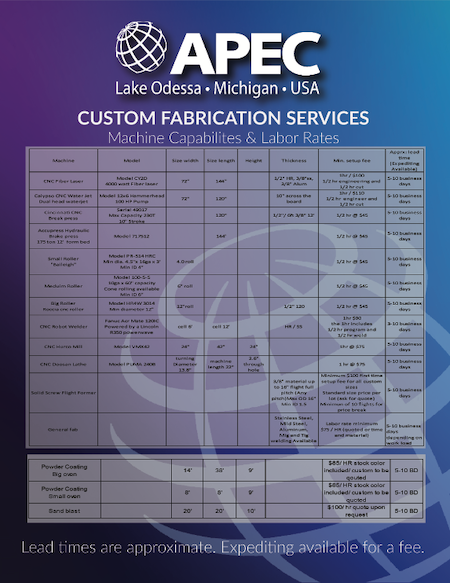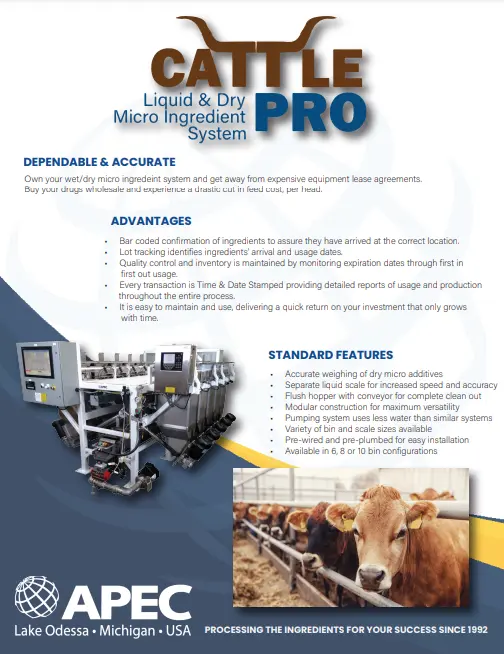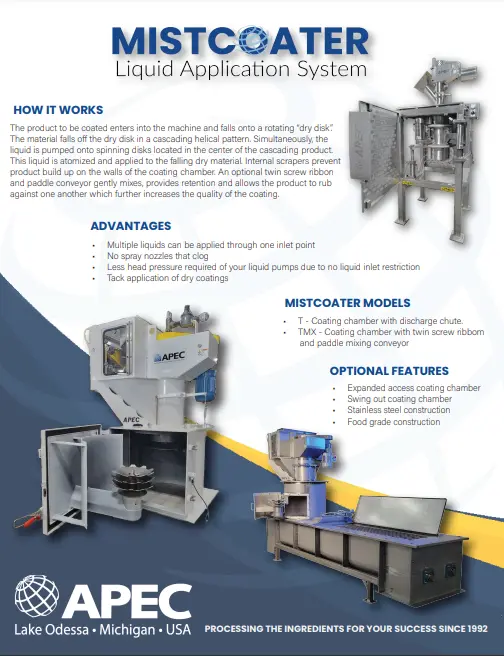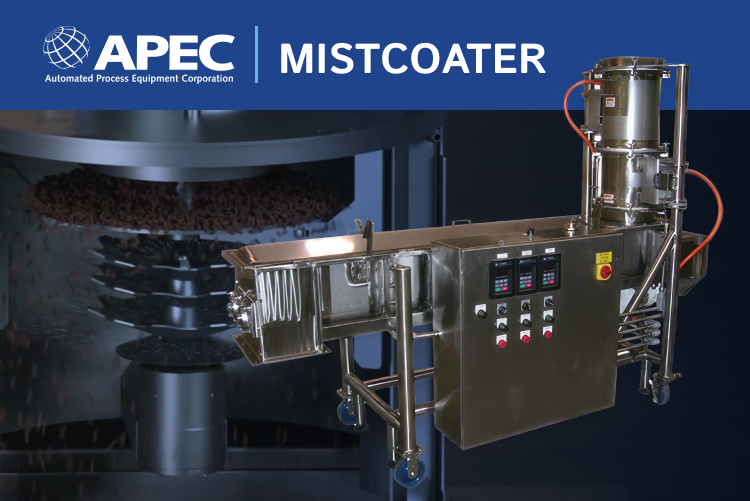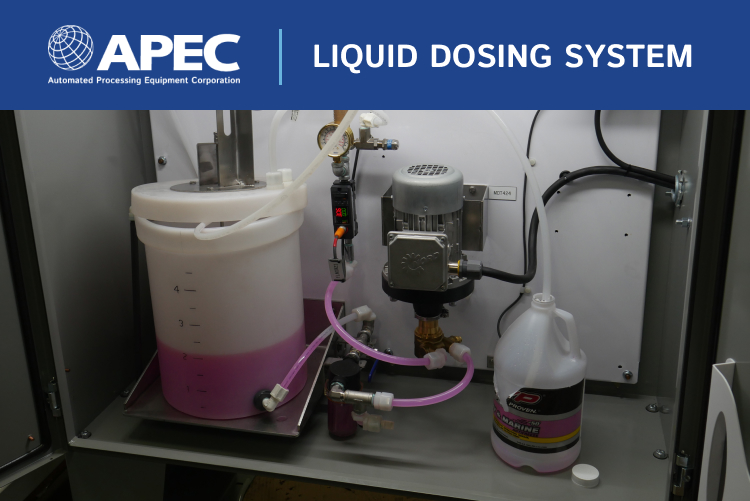The manufacturing industry has faced enormous challenges over the last 50 years, and has been forced to adapt. For example, over the last two decades the industry has shifted largely toward manufacturing of computers and electronics. Advances and innovation in technology has largely facilitated this move, although other sectors such as car manufacturers have suffered.
Similarly, due to economic and environmental changes, the food industry is facing challenges on a similar scale. A growing population, a warming climate, and shrinking natural resources will force farmers and the food industry as a whole to innovate or get left in the dust.
Farmers and people in the food industry, such as pet food and animal feed manufacturers, are no strangers to challenging circumstances and lean times. However, here are 4 innovation tips from the manufacturing industry that could help you successfully face new challenges head.
1. Hire Tomorrow’s Leaders
The challenges facing the food industry are unfolding right now, but many of the effects won’t be truly felt for decades. The leaders who will be navigating these challenges are just now starting to work their way up the ranks.
To be truly innovative, you need to invest in your greatest resource: your employees. Tomorrow’s leaders will need to be passionate, understanding of their roles, and have the ability to communicate effectively and take control when necessary.
2. Develop New Technologies
Today, a single farmer in the US is responsible for feeding 155. By 2050 that number will rise to 232 people per farmer.
In order for the food industry to produce more food on the same amount of land with finite resources will require new technologies and improvements on existing processes. Additionally, every step of the supply chain can be improved and made to be more efficient, less wasteful, and more sustainable. For example, APEC’s Mistcoater uses new spinning disk technology to coat food, resulting in less downtime and a more consistent product.
3. Manage Risks
To properly innovate your business, you must take risks. These risks should still be strategically managed, so you can protect your bottom line while making the necessary steps for success.
Risks facing the food industry include equipment failure, spoilage, contamination, natural forces, and much more, any of which could eat into your profits and put your company at risk. One way to mitigate these risks is with the proper commercial insurance coverage. You can also commit to investing in only the highest-quality equipment for your processes.
4. Look to the Future
The most successful companies in the world, such as Apple and Nike, are the ones that aren’t afraid to reinvent themselves. They are focused on meeting the needs of their customers in the future as well as in the present.
The food industry has already shown how it can reinvent its processes to streamline food production and serve more people. However, the temptation to stick with what you know and be adverse to taking risks is still there–fight it. As the population grows, pet food, animal feed, snack food, cereal companies, and all facets of the food industry need to look toward the future and innovate and adjust based on emerging trends.
To learn how APEC can help take you into the future of pet food, animal feed, and food processing, contact us today.


